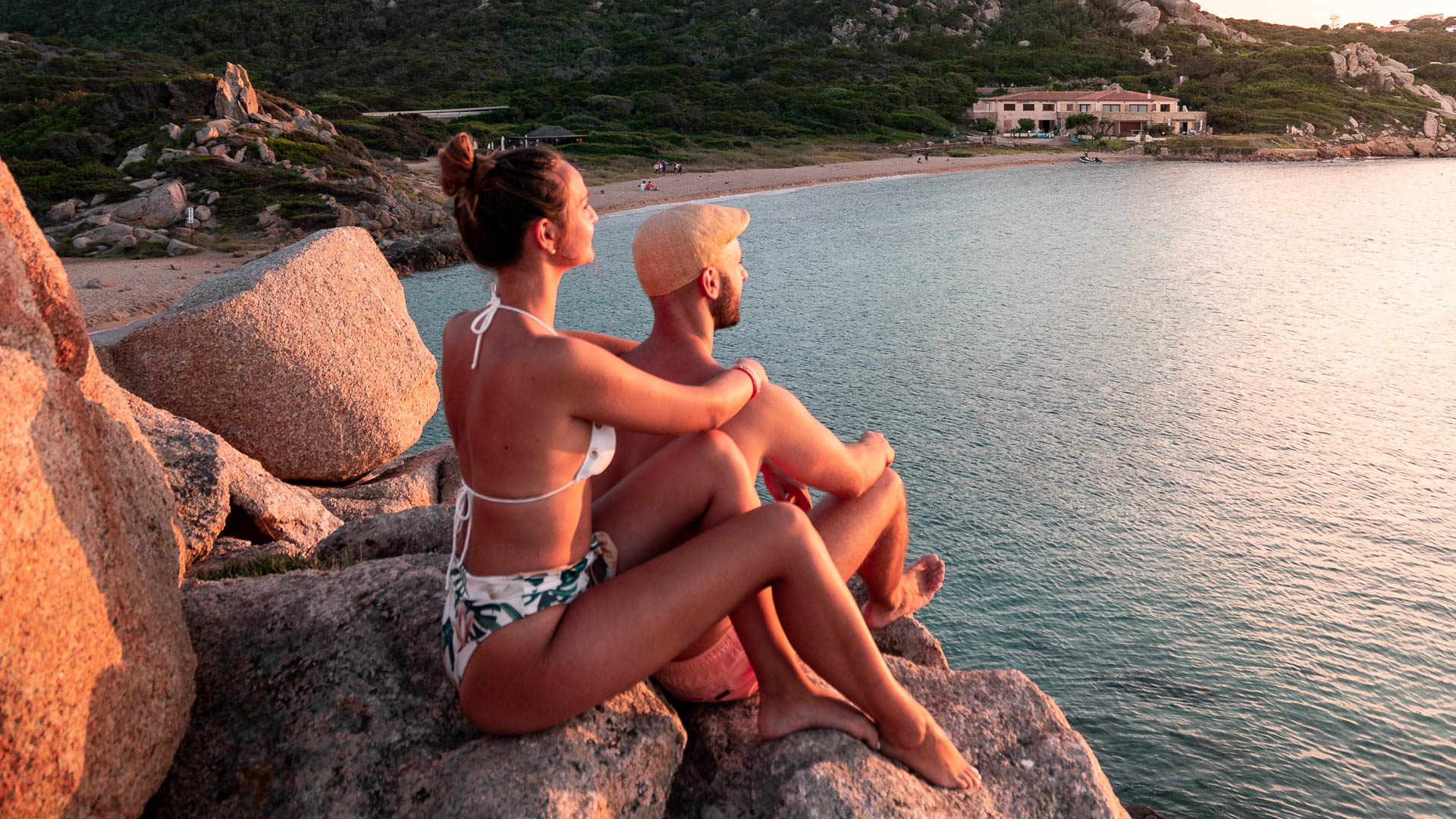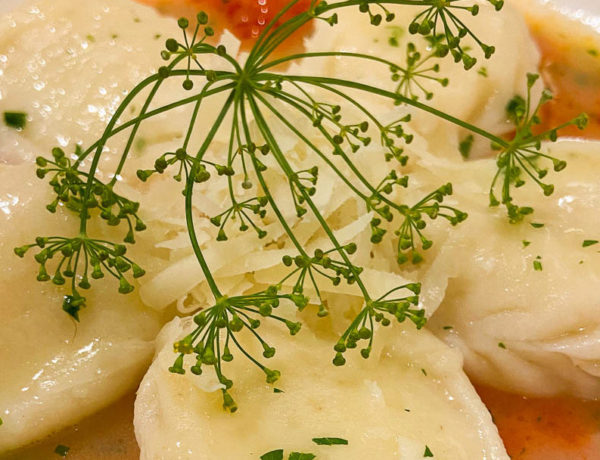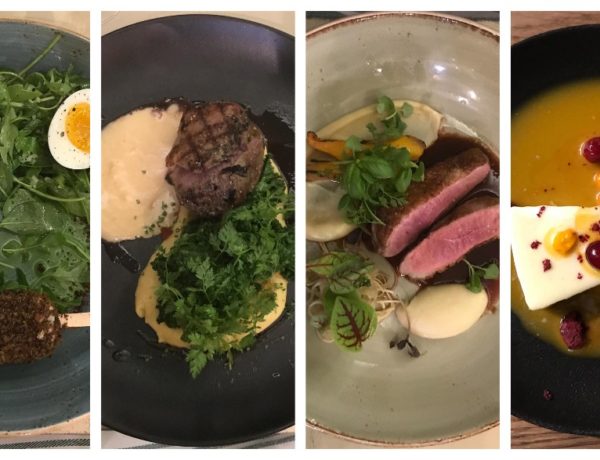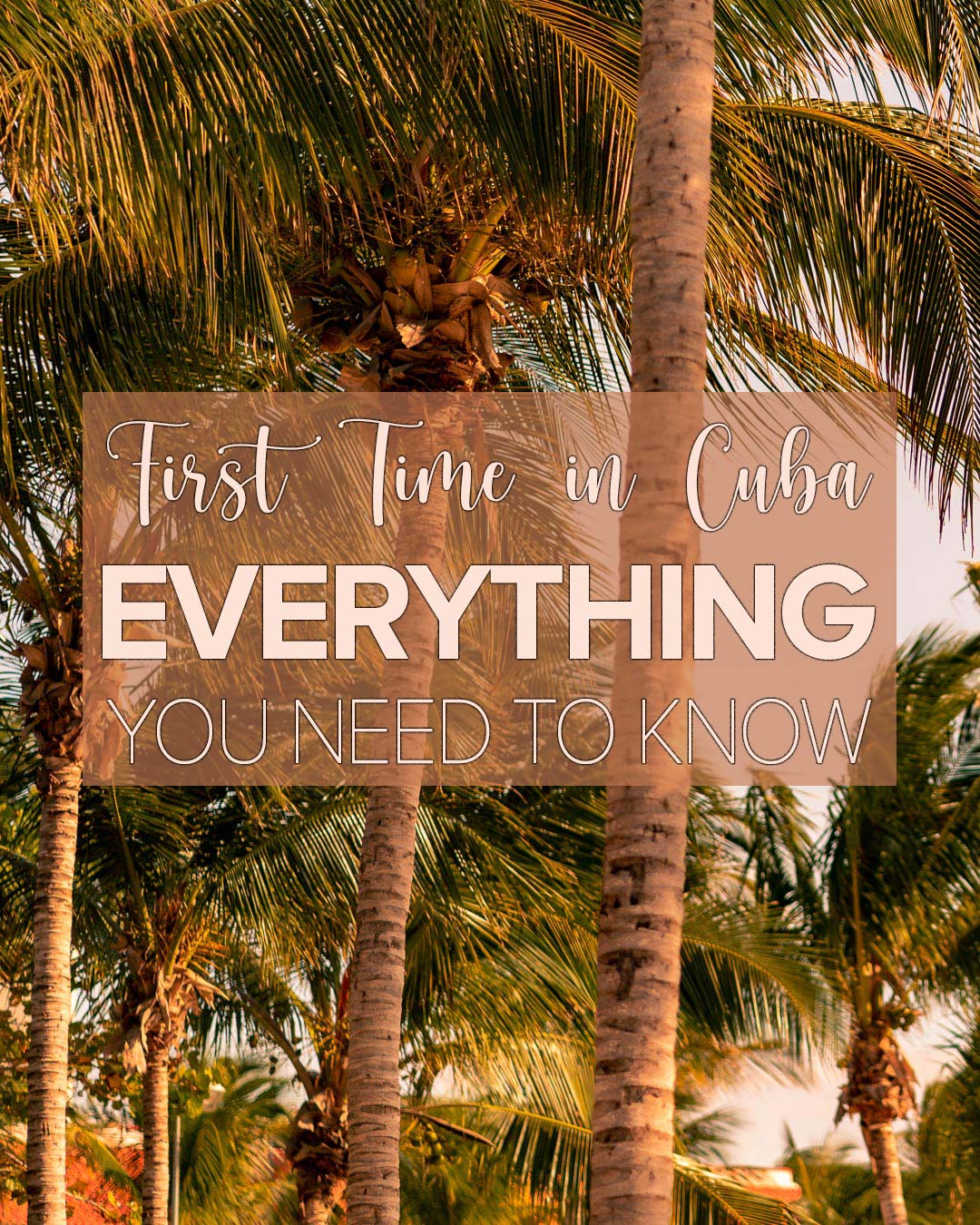
Cuba is a unique place for many visitors and very fascinating. The time seems to have stood still on this island, especially in the capital Havana with its historic buildings and gorgeous convertible cars. Cuba has a lot to offer all types of travellers from places that exude history, beaches with crystal clear waters, charming colonial towns to lush valleys and jungles. But what can you really expect from your trip to Cuba? Will the reality of Cuba be able to live up to your expectations? There are essential things you need to know about your trip to this island. That’s why we put together this first-time visitor’s guide to help you better plan your trip to Cuba.
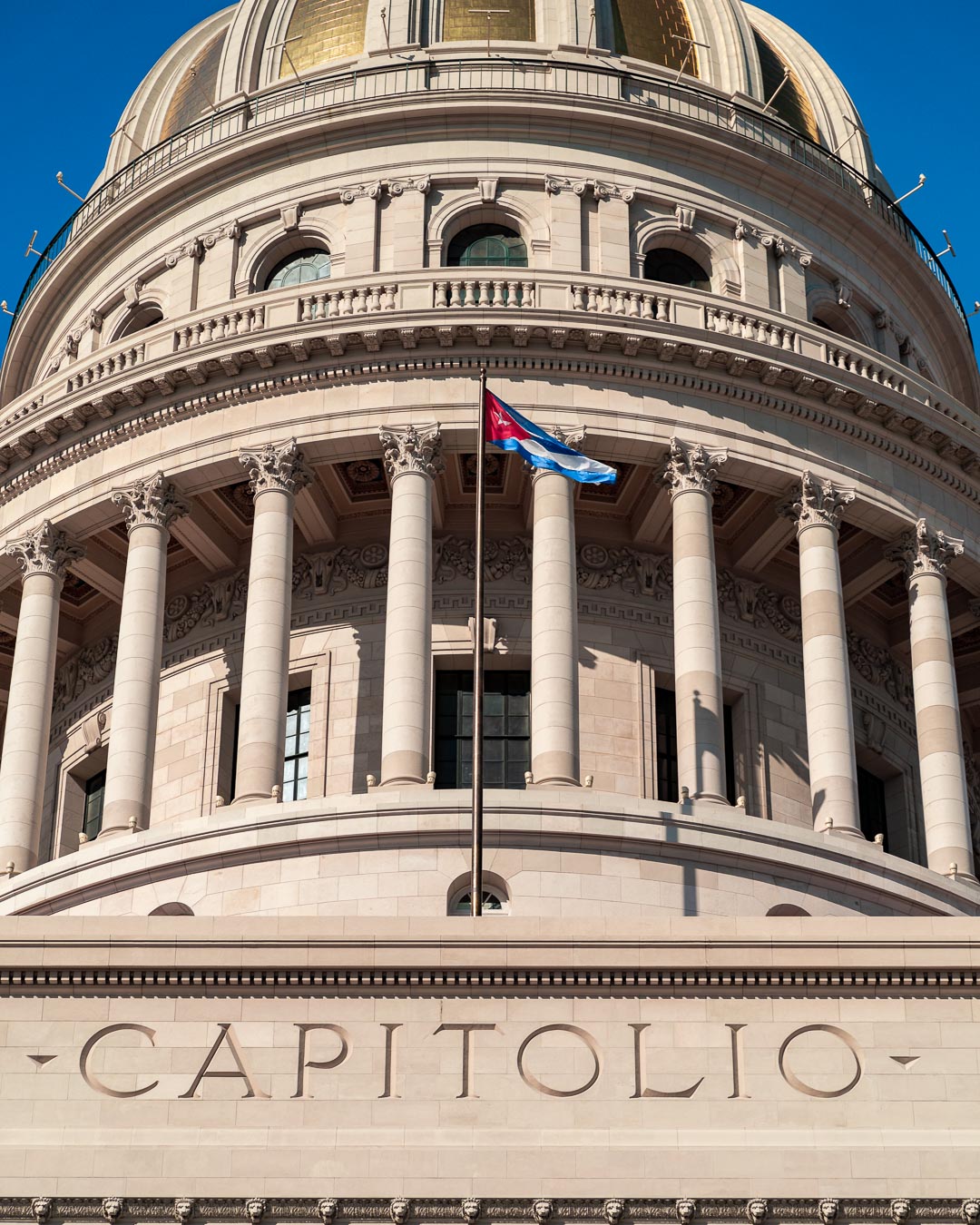
Visas – Passports – Health Insurances
To enter Cuba, you need a valid passport, health insurance and a tourist card. The tourist card, also known as tarjeta de turista, is valid for 30 days and can be extended once you’re in Cuba. The tourist card can be purchased from travel agencies, airline offices or a Cuban embassy/consulate ahead of time. It is made up of two parts, one part of which is given at the customs desk at the airport when you enter Cuba and the other part when you leave. Remember that you cannot leave Cuba without presenting your tourist card. So be careful not to lose it. The price of tarjeta de turista is 99 $ if departing from US or about $ 30 from airports of other countries.
José Martí International Airport
When you arrive at the main airport of Cuba, dedicated to the national hero José Martí, follow these indications:
– Be patient and wait your turn in line for visa and passport control at the customs desk (the first time we waited about 90 minutes).
– Show your customs card and passport at the customs desk. In addition, they will take a picture of your face with a small camera.
– Put your carry-on luggage through the x-ray machine again.
– Collect your checked baggage (if you have one).
– You will have to declare the value of goods you are bringing into the country. In addition, you only have to declare the amount of cash you are travelling with if it is over $5,000.
– Find a means of transport to your final destination.
Transport
With an area of 110,860 km² Cuba is a large island and there are several means of transport to get around.
– Viazul is the national bus company which offers a transport service for tourists with modern coach buses across the island. They connect the main cities such as Havana and Santiago. The bus is definitely the most convenient form of transportation and tickets can be bought directly on the bus. There are also other bus companies such as Astro and Transgaviota.
– Taxi, in our opinion this is the best way to move around Cuba. There are private taxis (privada) or shared (colectivo). Private taxis are more expensive and are the ideal choice if you are travelling in a group. While with collective taxis you can share the route and expenses with other people who go in the same direction. Official taxis are yellow and Cocotaxis are included in this category. Instead, taxi particulares are American cars from the 50s with their bright colors that transport tourists in all directions at prices similar to official taxis. Remember to always negotiate the final price of your route before getting in the taxi because most of the time you’ll not find taximeters.
– Trains are an inexpensive alternative to travel throughout Cuba. Although we do not recommend this type of transport because it is very slow. The main stations are Havana, Cienfuegos, Camaguey, Santa Clara, Santi Spiritus, Bayamo, Holguin, Santiago and Guantanamo.
– It is also possible to rent a car in Cuba. In fact, Cuba has the largest road network in all of Latin America, with more than 50,000 km of roads. Rental costs are quite high and there is not much choice of cars. However, the price of fuel is affordable, in fact, there are gas pumps exclusively for tourists where 1 liter of gasoline costs $0.90 and 1 liter of diesel $0.30.

Currency – Banking
Cuba operates a two-currency system.
Cuban Peso (CUP): also known as national currency is strictly used by the locals. It has an exchange rate of around 1 USD = 26 CUP.
Cuban Convertible Peso (CUC): is the new currency introduced in 1994 for tourists. It has an exchange rate of around 1 USD = 1 CUC.
Please note this.
– You will only need CUC for payments on your trip to Cuba.
– Its currency can’t be purchased outside the country, so you will have to convert your money upon arrival.
– You can exchange your money at the counter outside Havana airport, at the national banks or/and at your hotel/home (many of them can exchange money).
– Very few places accept credit card payment, so you need to pay in cash.
– American credit cards/debit cards do not work in Cuba.
– Cubans charge an extra 10% on dollars exchange, so don’t bring US dollars.
– There are ATMs in the bigger cities like Havana, but they are few and can be empty when you find them.
– Remember to change the CUC before leaving Cuba because both the CUC and CUP have no value outside Cuba.
Language
The official language is Spanish. English is not widely spoken on the island and basic knowledge of Spanish could help you speak with the locals. English is spoken in hotels and resorts.
Internet
It is known that in Cuba there is a problem with the internet. If you have a digital detox holiday in mind, Cuba is the right place! On the other hand, if you can’t do without the internet, don’t worry because you can access it.
The first step is to buy an internet card. You can get a password on this scratch card which can be used to access the WiFi hotspots. The most common internet card provider is ETECSA. You can buy the internet card directly from ETECSA counters. The price of the card is $1 for 1 hour of internet. There are some public WiFi hotspot areas and hotels/bars/restaurants that have the WiFi router to access the internet.
However, the internet connection is very slow everywhere so don’t expect to work well. Plus you’ll have to wait around 30 minutes/1 hour in line to buy your internet card. An alternative way is to buy the card directly from the owner of your home, from the hotel reception or from indirect sellers at a cost increased by $2 for 1 hour of internet. Some 5-star hotels and resorts offer their guests an internet package with multiple hours of internet access included in the room rate.
However, we recommend that you download an offline map to your phone to find your way around Havana or other places in Cuba. We’ve used a useful app that offers a lot of information and offline maps called Triposo. If you don’t want to use your phone, you can print your personal Havana map with all your favorite locations!
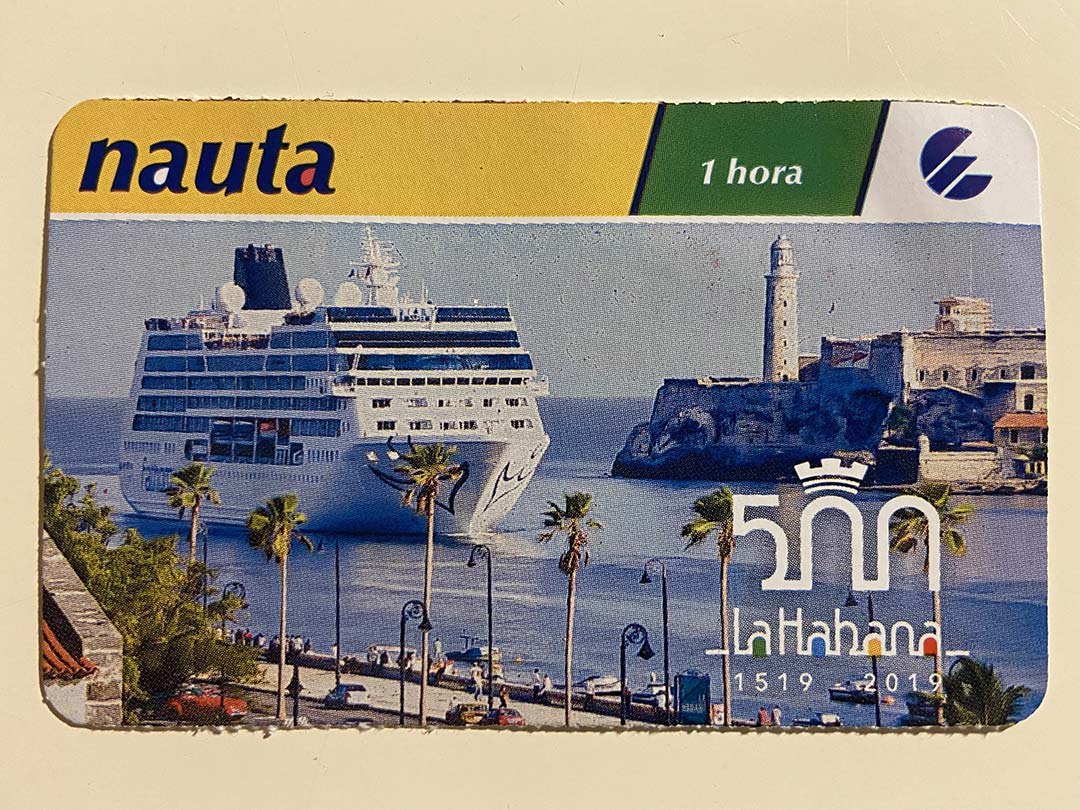
Food – Drink
The cuisine in Cuba is a mix of the Caribbean, Spain and Africa. The typical Cuban dishes are rice and black beans (moros y cristianos), fried plantain, tostones, chicken with quimbombó, ropa vieja but also lots of exotic fruit and fresh juices. In fact, in Cuba and especially in Havana we ate tons of papaya and delicious guayaba every day (we love it!).
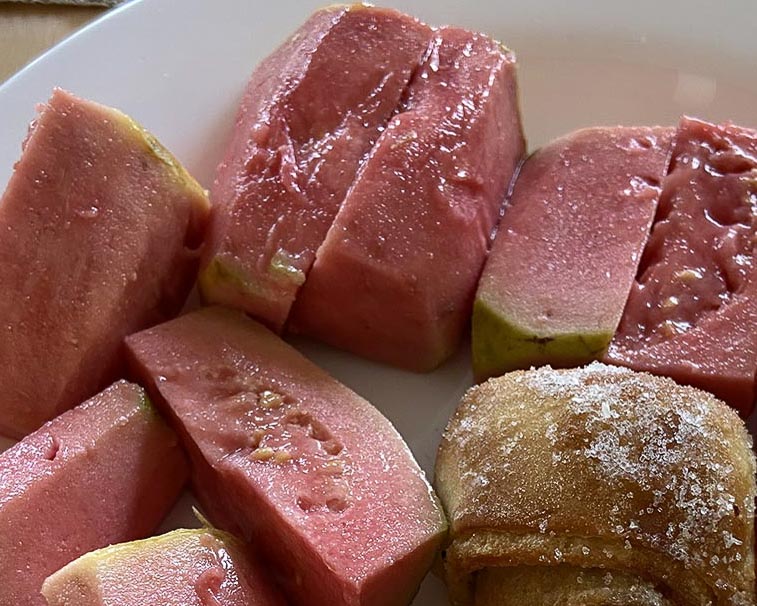
Have you ever heard of the Cuban Paladares? Usually located in well-restored colonial buildings, these restaurants are run by self-employers and mostly family-run businesses. Paladares are fundamentally directed to serve as a counterpart to state-run restaurants for tourists looking for the best homemade Cuban food. Remember that in most restaurants in Cuba it is only possible to pay in cash.
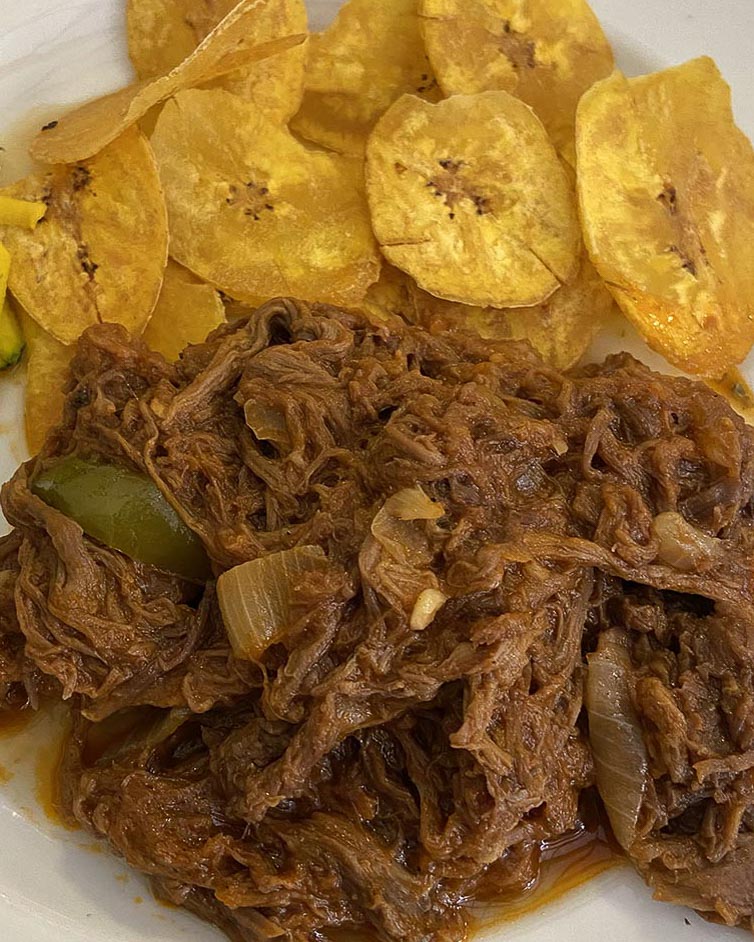
Water bottles aren’t that easy to find so stock up on them when you arrive. We absolutely advise you not to drink water from the taps because it probably won’t be good.
Rum-based cocktails like Cuba Libre, Mojito and Daiquiri are very popular in Cuba and sold at affordable prices. A symbol of the importance of rum in Cuba is the Edificio Bacardi, an impressive building that was designed to be the headquarters for the Bacardi Rum Company. Tourists from all over the world visit historic bars every day such as La Bodeguita del Medio and El Floridita. In the past, famous people like Ernest Hemingway loved to drink Mojito and Daiquiri in these two bars located in Old Havana.
Read more: take a look at this post to find out where to eat & drink in Havana.
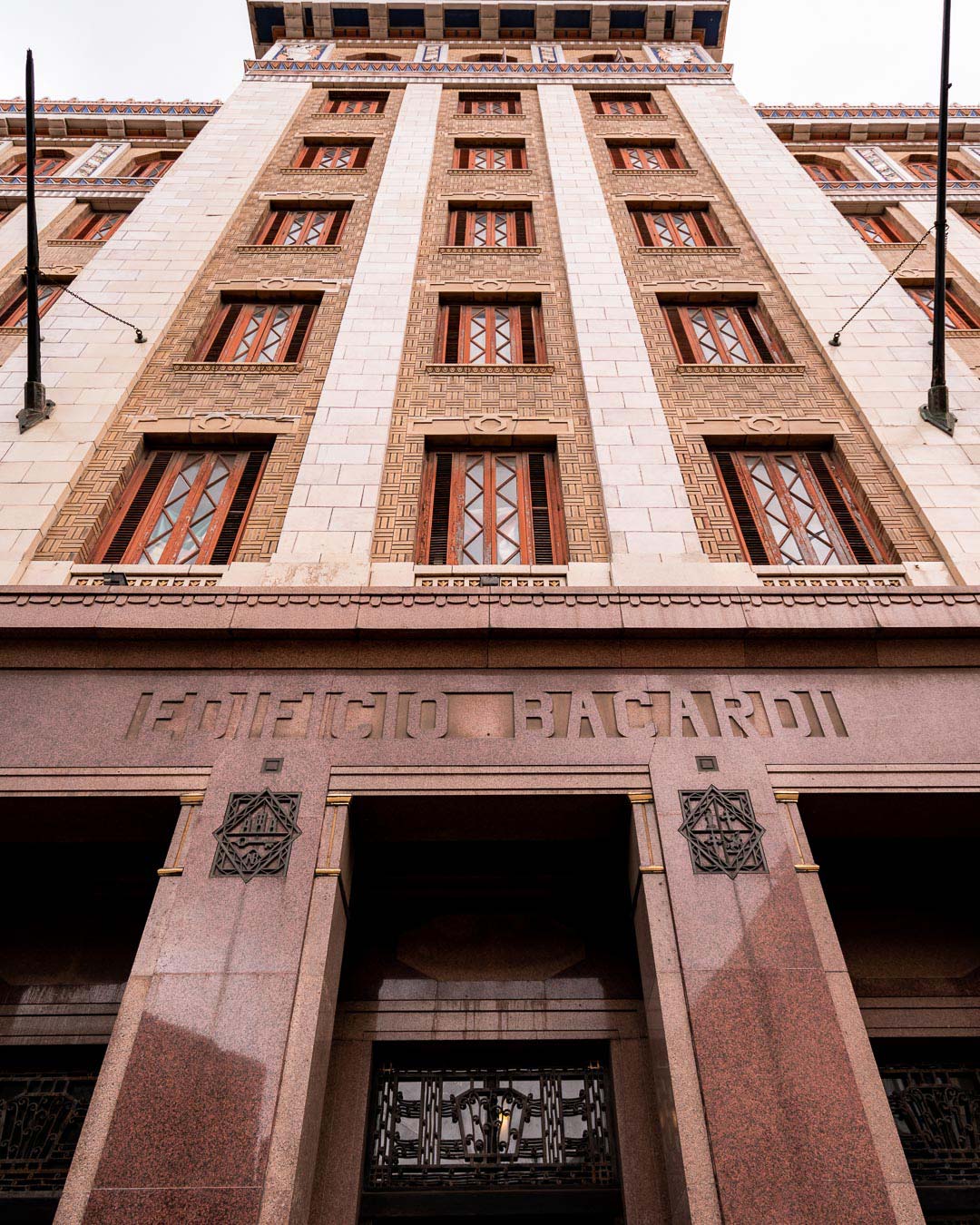
Accomodation
Cuba offers different types of accommodation at very different prices. You can choose between all-inclusive resorts, 5-star hotels, b & b or Casa Particular. These are private houses that are licensed by the state of Cuba to host tourists. Staying in a Casa Particular allows you to be more in touch with the locals and learn their traditions. In addition, the prices are much cheaper compared to hotels. In fact, hotels in Cuba are quite expensive however some of them offer luxury services to their guests. Some of the best hotels are in Havana while you will find the best all-inclusive resorts in Varadero.
Read more: Where to Stay in Havana | The Ultimate Guide
Scams – Safety
Many people think that Cuba is a dangerous place like other places in South and Central America. But they are wrong! In fact, Cuba is one of the safest countries in the Americas and crime is almost zero. Of course, just like anywhere else you need to be alert and use your common sense. Cuban people are very friendly and respect tourists because they are a source of income for them.
In popular areas such as Old Havana, there are security cameras. You will see the police in these streets protecting tourists from scammers and pickpockets. Avoid carrying lots of cash and flashy jewelry. We recommend that you leave your valuables at home or in the hotel in the safe. Do not trust those who want to sell you cigars on the street because they are usually fake. Do not accept currency exchange on the street and be careful when receiving change for your purchases; don’t confuse CUP for CUC (remember 1 CUC = 26 CUP). Avoid people on the street who offer guided tours or various services, they just want your money. But apart from pickpockets and scams, don’t worry about other crimes in Cuba. We walked through the streets of Havana at night and never felt threatened.
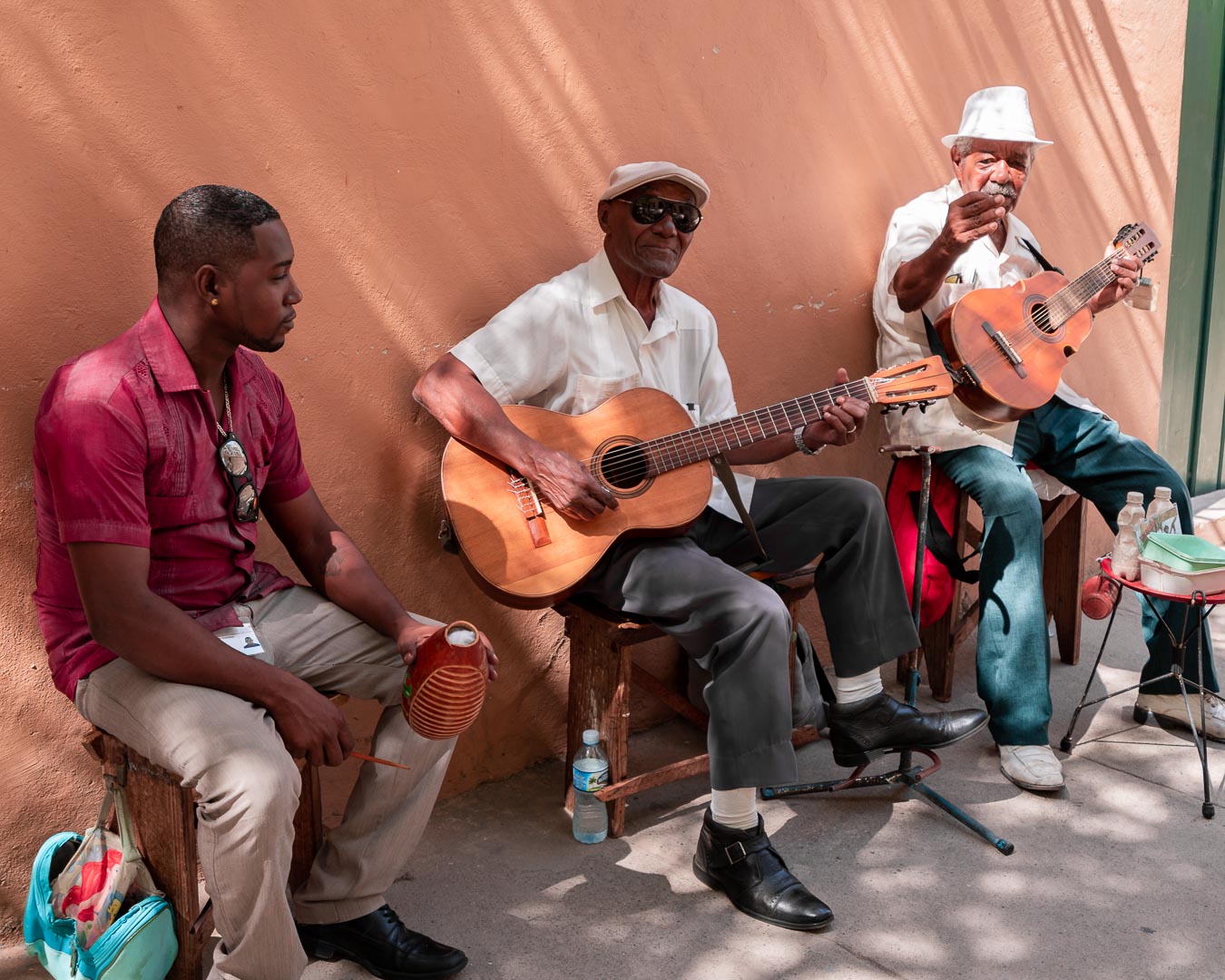
Latest Recommendations
In Cuba, it’s not easy to find common goods around. If you find a mini-market, you will notice that it has very few goods and there is no choice of brands but only one brand. So bring your toothbrush, toothpaste, toilet paper, deodorant, snacks, chargers, etc. into your suitcase. Especially toiletry items are not readily available in stores. Many Cubans will appreciate if you give them these items.
Cuba is different from all the countries we’ve visited so far. Its history and traditions combined with its culture make it such a unique place. We hope this guide will help you better prepare your first trip to Cuba.
Before you go, check out our other posts on Cuba and you’ll become an expert first-time traveler in no time!

